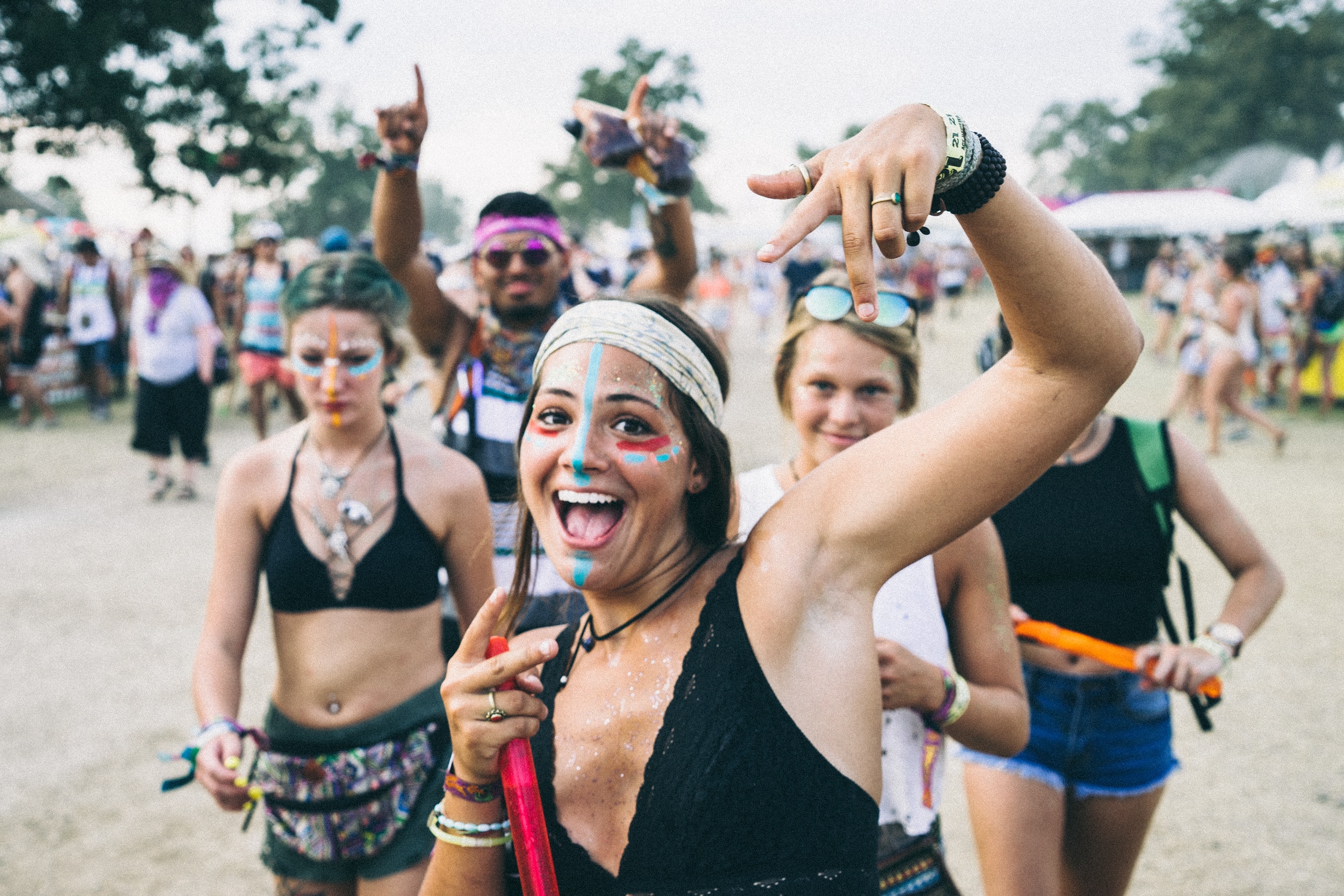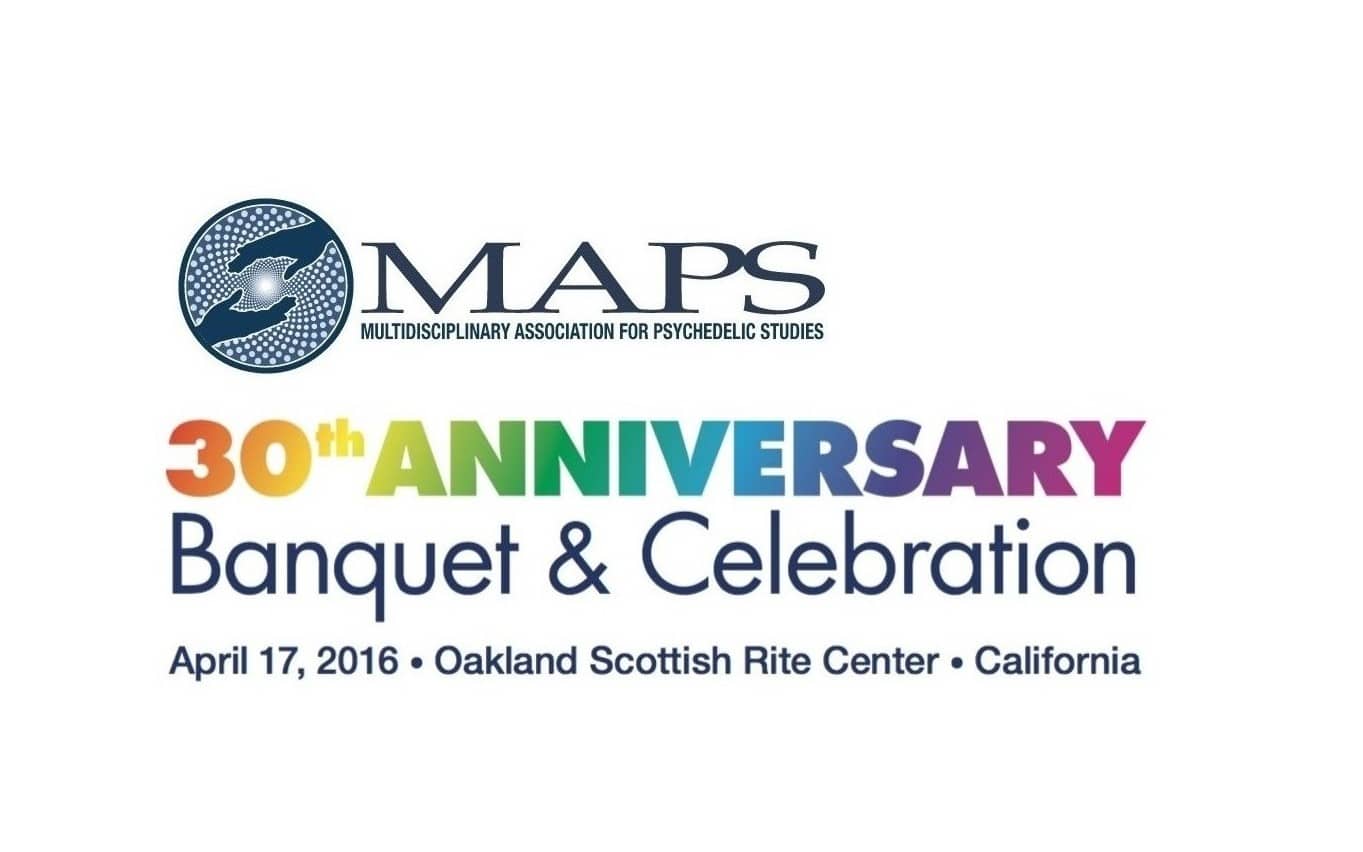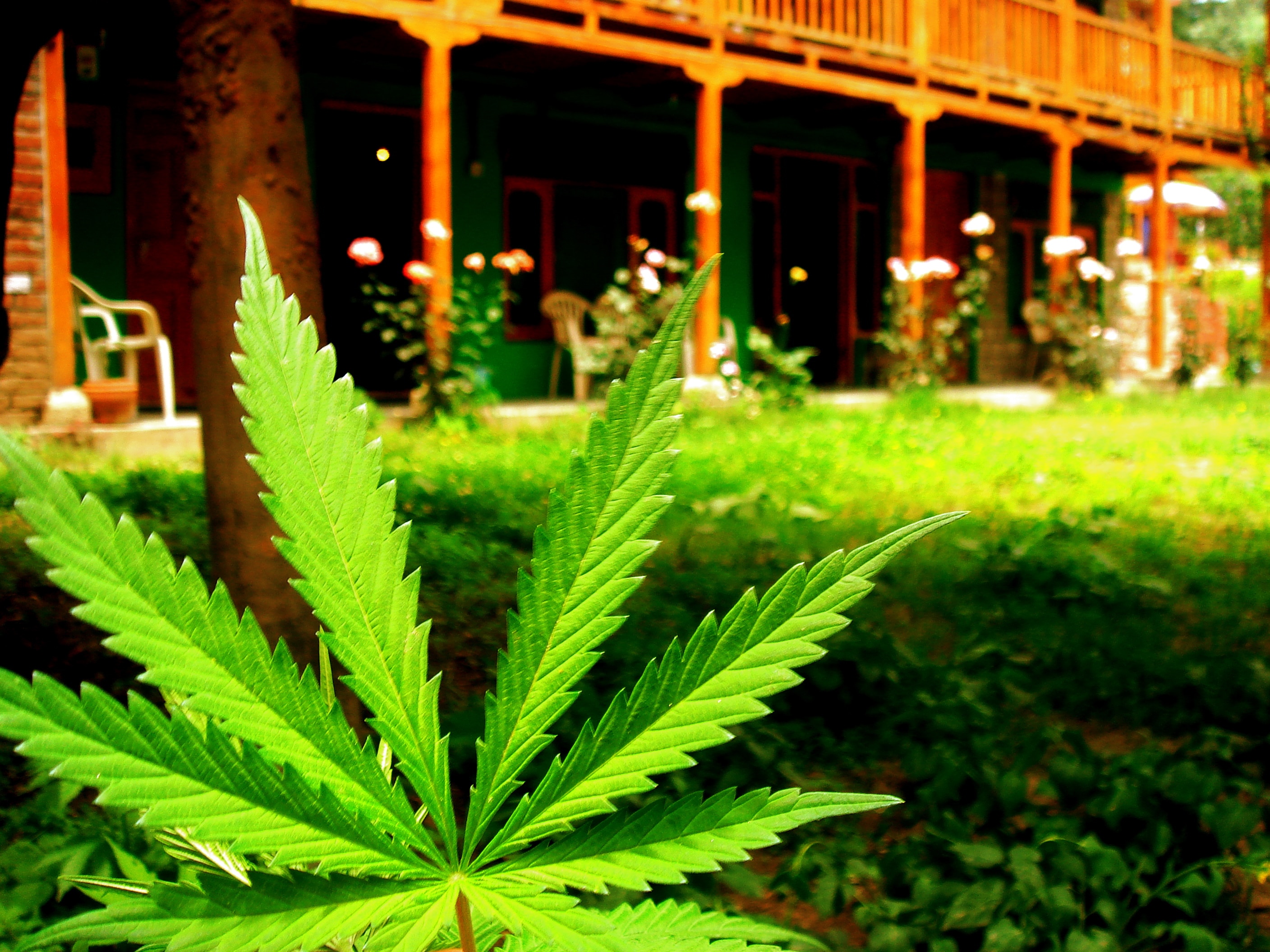
Modern teens who lack coming of age rituals may turn to illicit drug use as a way to assert independence. Image Source: goodfreephotos.com user Joshua Ness
If you’ve ever brought up psychedelics in a social setting, you know they can be a polarizing topic. People often think of them as illicit drugs, so psychedelics can be especially controversial if you’re talking about them in terms of how they might benefit adolescents. Despite pretty widespread use among young people in other cultures, the stigma that surrounds psychedelics in Western culture can make it hard for researchers and advocates to recommend their use in therapeutic settings for teens.
Nonetheless, though it brings up questions about consent in psychedelic research, psychedelic therapy shows potential to benefit teens because it gives them a safe setting in which to explore the therapeutic benefits of psychedelics. By looking at current trends and policies, examining adolescent psychedelic use in other cultures, and considering the potential of psychedelics to impact the developing brain, we can deepen the conversation about whether or not the benefits of psychedelic use in adolescents outweigh the potential hazards.
Mental Health Consent by Adolescents
Due to the history of psychedelic research, many people are hesitant to include teens in current research. Take a look back to the 1950’s and 1960’s where a lack of informed consent in military-supported research substantially harmed some patients, and research involving autistic schizophrenic children was described as “fragmentary and suffering gross shortcomings.” While some studies yielded positive results, the lack of informed consent and strict regulations contributed to public distrust of psychedelic research that is still affecting the way we approach this subject today.
Since the 1990’s, psychedelic research has enjoyed a renaissance, but the question of whether teens can give informed consent regarding the use of psychedelics in their treatments is still debated. Current policy regarding consent leans towards giving teens the ability to decide for themselves.
Most states recognize that teens can provide consent regarding sexual health, substance abuse treatment, and mental health (the category in which psychedelic therapy would fall). Many believe teens would be unwilling to seek out or undergo certain types of treatment if they are forced to involve their parents, especially in situations where the parent contributes to the trauma or stress the teen is suffering from. This makes it important for researchers and policymakers to recognize that teens can, in fact, give consent to participate in psychedelic research and therapy which may benefit them.
Cultural Perspectives on Adolescent Psychedelic Use
To understand how psychedelic therapy may help Western teens, it is helpful to consider psychedelic usage in non-Western cultures. In many of these cultures, psychedelic use begins at a young age. Substances such as ayahuasca are used throughout pregnancy and childbirth, peyote and psychedelic mushrooms are used in religious ceremonies and cultural education, and marijuana and Datura are used in coming-of-age ceremonies. These cultures believe these substances are an integral aspect of raising responsible, aware adults. They also provide a coming-of-age rite for many adolescents that allows them to clearly transition to adulthood.
The main difference between the Western perspective and non-Western perspective is that the use of psychedelics in these non-Western cultures is both intentional and supervised. Rarely is psychedelic use found in groups of teens without the guardianship of an experienced adult, and psychedelics are usually approached with a deeper intention such as seeking spiritual guidance, connecting with the community and ancestors, or healing from mental trauma.
The shaman, elder, or parent overseeing the appropriate use of psychedelics takes on a similar role to the psychedelic therapist in Western cultures and helps mitigate the risk of overdosing or undergoing a challenging experience. The set and setting are prepared by an adult and sanctioned by the community. But because Western cultures reject the therapeutic or positive use of psychedelics, teens tend to approach psychedelic use without adult guidance and miss out on many of the potential positive effects of these substances.
Adolescent Psychedelic Use In the Modern Western World
Even though Western teens tend to access psychedelics in an unsanctioned, unsupervised setting, it is important to recognize that many teens seek out these substances for the same purposes as adolescents in other cultures: a deeper understanding of the self, independence and coming-of-age rites, and healing from mental trauma.
Recent research has found that teens may turn to psychedelics in response to traumatic childhood events and situational stress. It was found that teens who use ecstasy view it as a way to cope with their stress or trauma, and those who were receiving adequate mental health treatment were less likely to use ecstasy. This shows that teens are not only just searching for party substances but are seeking out the potential therapeutic properties of these substances. But without the guidance of an adult, the therapeutic value is short-lived and difficult for teens to integrate into their lives. Because teens are accessing psychedelics on their own anyway, providing a means of obtaining pure substances and proper doses with the supervision of a trained therapist would improve the safety of psychedelic usage.
Understanding Potential Risks
Recognizing the benefits of offering teens use of therapeutic psychedelics does not negate the research showing psychedelics may affect the developing brain differently than the mature brain. Studies have shown that adolescent rats exposed to THC have suffered greater residual cognitive deficits than adult rats. Similarly, some cognitive deficits have been found in adolescent MDMA users but not in adult users. These studies show the importance of fully understanding the potential dangers of adolescent psychedelic use before making it available in a therapeutic setting. Adolescents may need to use lower doses, be restricted to certain psychedelics, or have fewer active therapy sessions in order to mitigate these risks. Alternatively, upon further research, it may be found that psychedelic therapy should be delayed until late adolescence or full maturity is achieved by a patient.
So what does this all mean? Mostly, these studies enforce the idea that we need to critically and honestly examine the future of psychedelics and support continued research into the benefits and drawbacks of adolescent psychedelic use to reduce any possible risks. Western culture has long treated psychedelics with mistrust but, by creating access to psychedelic therapy, we could potentially create an equivalent to the coming-of-age ritual that would allow teens to explore the therapeutic benefits of psychedelics in a supported, guided environment.










